Researcher Interviews
Research challenges for the Fujitsu team working on the advanced Web3 Acceleration Platform (Part 1)
JapaneseThe whole topic of the next-generation Internet “Web3” has been attracting considerable attention in recent years, including the autonomous decentralized data collaboration mechanism that allows users to manage their data autonomously. While there are many opportunities to create new business models and solve various social issues by taking advantage of Web3’s features, it is also true to say that a number of major new issues such as security, privacy, and copyright protection have also emerged. Fujitsu is providing the Fujitsu Web3 Acceleration Platform (*1), an environment where people can connect safely and securely in the digital space, using Web3 technologies to solve these issues. In this interview, we spoke with four young researchers responsible for Fujitsu’s R&D of Web3 technology. In the first part, we introduce the reasons why Fujitsu is working on Web3, followed by details about our ConnectionChain (*2) and Trustable Internet (*3) technologies that support the Web3 Acceleration Platform. In the second part, we hear about the challenges involved in the development of ConnectionChain and Trustable Internet, and also the creation of new value with future partners through the Web3 Acceleration Platform.
Published on February 21, 2024
RESEARCHERS
-

Takayoshi Nakayama
Principal Researcher
Trusted Web3 Core Project
Data & Security Research Laboratory
Fujitsu Research
Fujitsu Limited -
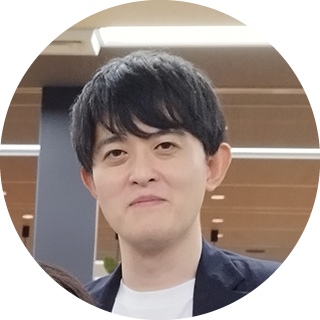
Yuki Yonekura
Senior Researcher
Trusted Web3 Core Project
Data & Security Research Laboratory
Fujitsu Research
Fujitsu Limited -
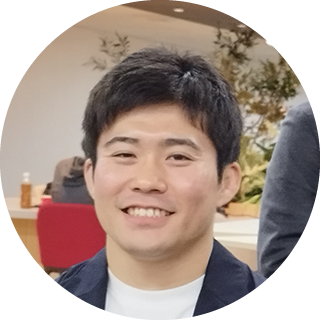
Yuki Hasegawa
Researcher
Trusted Web3 Core Project
Data & Security Research Laboratory
Fujitsu Research
Fujitsu Limited -
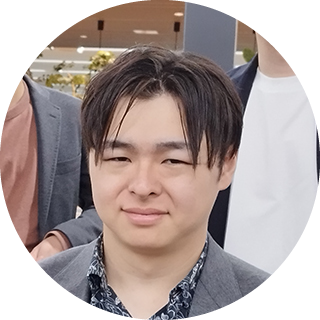
Yoshitomo Sakuma
Researcher
Trusted Web3 Core Project
Data & Security Research Laboratory
Fujitsu Research
Fujitsu Limited
Fujitsu’s approach to Web3
What kind of world is Fujitsu trying to realize with Web3?
Takayoshi: The development of Web3 has the potential to transform not only the structure of an organization but also the working method such as DAO (Decentralized Autonomous Organization) (*4). In addition, social issues have become increasingly complex in recent years, and many of them cannot be solved by a single organization or group. For example, realizing carbon neutrality requires a system for sharing and verifying data on carbon footprints and carbon credits on a global scale across countries and industries. In such use cases, an autonomous decentralized mechanism that allows many stakeholders to cooperate with each other is the only truly effective option. Web3 technologies support such an autonomous decentralized mechanism and contribute to solving these important social issues. We provide a variety of services and technologies on the Web3 Acceleration Platform, aiming to create a Web3 world where individuals and businesses can connect with each other in an autonomous, decentralized, and secure manner in the digital space and create value.
What value will the Web3 Acceleration Platform create?
Takayoshi: To realize the Web3 world, the main challenge lies in how to ensure the trustworthiness of secure data sharing in the digital space, as well as the authenticity of the data itself. Two specific examples of these challenges in exchanging data between organizations and individuals are trust in data sharing and trust in the data itself. We have developed a variety of technologies to ensure that data distribution trust is achieved in order to make Web3 a reality. Through the Web3 Acceleration Platform, we provide APIs that enable the use of core technologies and a testbed for developing various applications. We will also share our know-how such as the application of technology using those APIs. Our approach is to make the technology widely available and provide users with the opportunities to use them in this way. By doing so, we hope to accelerate the social implementation of Web3 technology and encourage the creation of new businesses together with our partners.
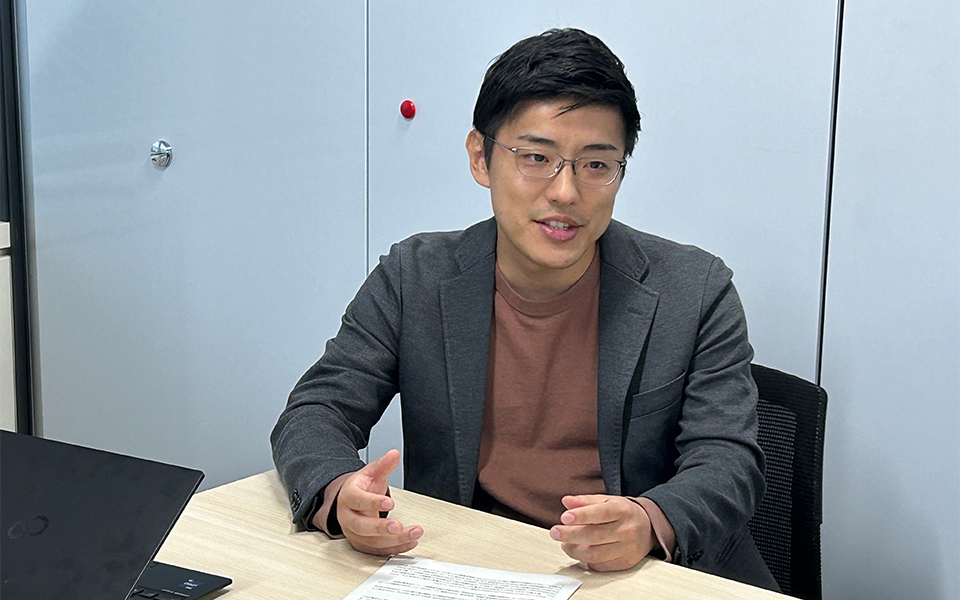 Takayoshi says he is aiming for an autonomous, decentralized, Web3 world where individuals and companies can connect with each other in a secure manner in the digital space to create value.
Takayoshi says he is aiming for an autonomous, decentralized, Web3 world where individuals and companies can connect with each other in a secure manner in the digital space to create value.ConnectionChain: Realizing trust in data sharing and securely connecting blockchains
ConnectionChain is one of the technologies designed for the Web3 Acceleration Platform. This technology enables the connection of multiple blockchains, linking various digital asset exchange transactions, as well as securely automating and recording the entire process as a single transaction. This technology also allows intermediaries that operate services using ConnectionChain to control data sharing to realize a trust in the Web3 society.
What are the strengths of the ConnectionChain?
Yuki Hasegawa: Since ConnectionChain is a consortium-type blockchain with multiple administrators mediating the federated process, it can achieve secure automated execution and tracing while applying governance control to the federated process. Specifically, the system is equipped with mechanisms to control the content and authorization of shared data, rollback processing in the event of processing failure and record the progress of processing in a ledger. To make this technology available to everyone, we are actively engaged as core members of the Hyperledger Cacti Project (*5), which involves open-sourcing connectors that can seamlessly connect to a wide variety of blockchain platforms. Our company has been selected by Forbes as one of the Forbes Blockchain 50 (*6) in 2022 and again in 2023, demonstrating our strong presence in this field.
How is ConnectionChain used?
Yuki Yonekura: Recently we conducted a proof-of-concept using ConnectionChain at a major tourism event called Kanazawa Tsukimi Kouro 2023 (*7). During the event, we issued NFT (*8) in conjunction with an AR application exhibited at the Kanazawa Institute of Technology and about 100 people participated in the exhibition. In this proof-of-concept, ConnectionChain was used in conjunction with Ethereum (*9) as a function to issue NFT. Kanazawa city officials and representatives from local newspapers and broadcasters expressed interest in our technology. They commented that while there are many services and examples of issuing NFT, it was a unique experience to be able manually to create a NFT from an image generated on the spot, using an AR application. Event participants found it interesting and we received positive feedback. It demonstrates the importance of providing seamless new experiences, without the technology being obvious.
Takayoshi: As Yuki Yonekura explained, in addition to creating new experiences, another important value aspect is to provide technology on the Web3 Acceleration Platform that enables students with no development experience to build applications easily.
How do you move from this stage to actually creating business opportunities?
Yuki Yonekura: In addition to the collaboration with Kanazawa Institute of Technology, we are conducting joint research with JTB Corp. on a tourism DX service for wealthy foreign visitors to Japan (*10). This joint research incorporates technology proposals from our research laboratory. For a number of years now, we have been repeatedly investigating case studies and collecting various token economy use cases, using virtual currency and blockchain technology. Based on this accumulated knowledge, we are currently considering how to create a new generation of exciting new experiences.
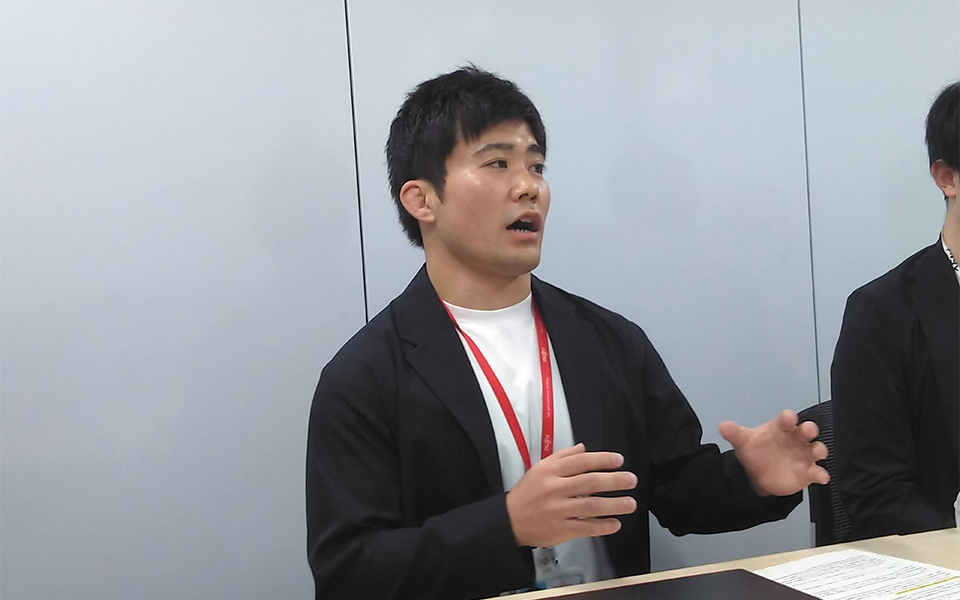
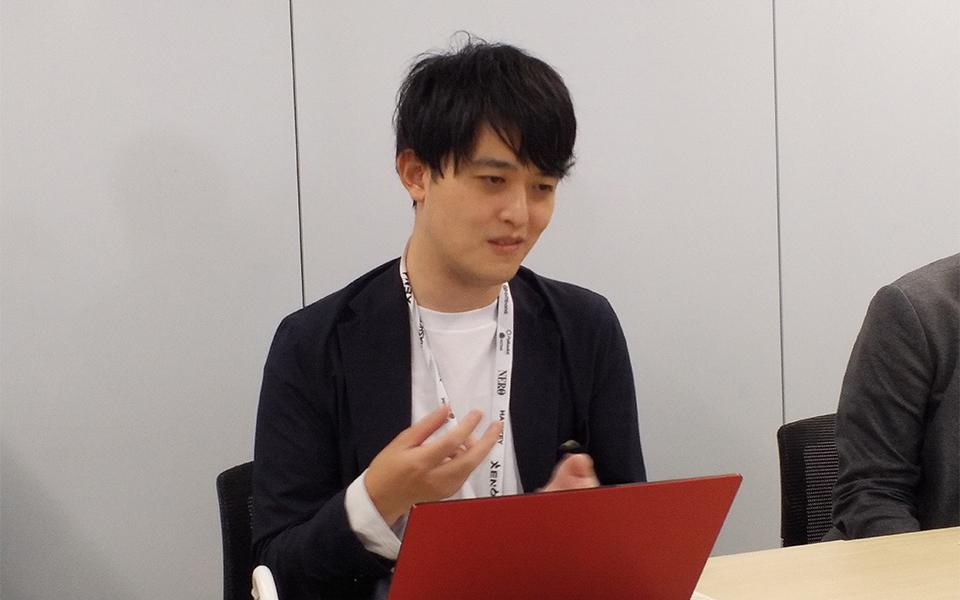
Trustable Internet: Respond to disinformation and build data trust in the digital world
Trustable Internet makes it easy to check the authenticity of content on the web, such as social networking posts that include content of uncertain authenticity, by providing information to verify the authenticity. The technology aims to improve the quality of content on the web by preventing content viewers from being misled by false information.
What are the strengths of Trustable Internet technology?
Yoshitomo: The feature of this technology is to show evidence provided by entities other than the originator of the content on the Web, in a form that does not depend on a specific service. This allows third parties to correct false information, even if the originator of the information is delivering false information. In addition, while some technologies responding to fake news by detecting the images in AI-generated articles, our proposed technology has the advantage of being able to make multimodal judgments that integrate the results of AI judgments on images and text. To date, we have made a number of presentations and exhibited demonstrations of Trustable Internet at international standardization conferences, with the result that we have started to gain recognition from engineers and researchers both in domestic and overseas markets.
How is Trustable Internet technology used?
Yoshitomo: The main use case of Trustable Internet is to prevent disinformation on the web. In the future, we plan to demonstrate the usefulness of Trustable Internet for disinformation to a wide cross-section of potential users, including fact-checking organizations, government agencies and companies that are deeply interested in countermeasures against disinformation. Some companies in the publishing and broadcasting industries conduct fact-checking to determine whether news is disinformation or fact. We believe that we can propose the use of our technology to these domestic and foreign companies.
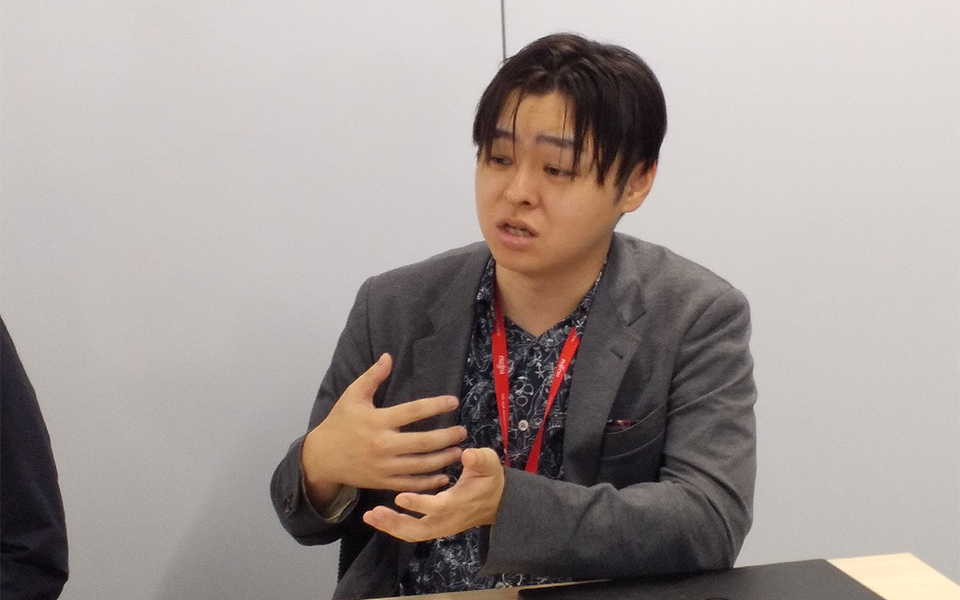 Yoshitomo explains the features of Trustable Internet, a countermeasure against false information on the web
Yoshitomo explains the features of Trustable Internet, a countermeasure against false information on the webFree trials of advanced technology APIs and web applications are available through the Fujitsu Research Portal
The Web3 Acceleration Platform can be tried through the Fujitsu Research Portal, which allows users to try out various Fujitsu Research technologies easily via a simple registration on the web. If you are interested in ConnectionChain or Trustable Internet technologies, please check out the Fujitsu Research Portal. Let’s create new experiences, values, and ecosystems together.
-
(*1)
-
(*2)
-
(*3)
-
(*4)DAO (Decentralized Autonomous Organization) is a term used to describe an organization that can move forward with a business or project without a specific owner or manager.
-
(*5)
-
(*6)
-
(*7)
-
(*8)Non-Fungible Token (NFT) is an irreplaceable token that can represent a unique and inherent value as digital data recorded on the blockchain.
-
(*9)Ethereum is a global network of computers that follow a set of rules called the Ethereum protocol. The Ethereum network acts as the foundation for communities, applications, organizations and digital assets that anyone can build and use.
-
(*10)
Notes (*10) only available in Japanese
Fujitsu's Commitment to the Sustainable Development Goals (SDGs)
The Sustainable Development Goals (SDGs) adopted by the United Nations in 2015 represent a set of common goals to be achieved worldwide by 2030. Fujitsu's purpose — “to make the world more sustainable by building trust in society through innovation”—is a promise to contribute to the vision of a better future empowered by the SDGs.


 SDGs.jpg
SDGs.jpg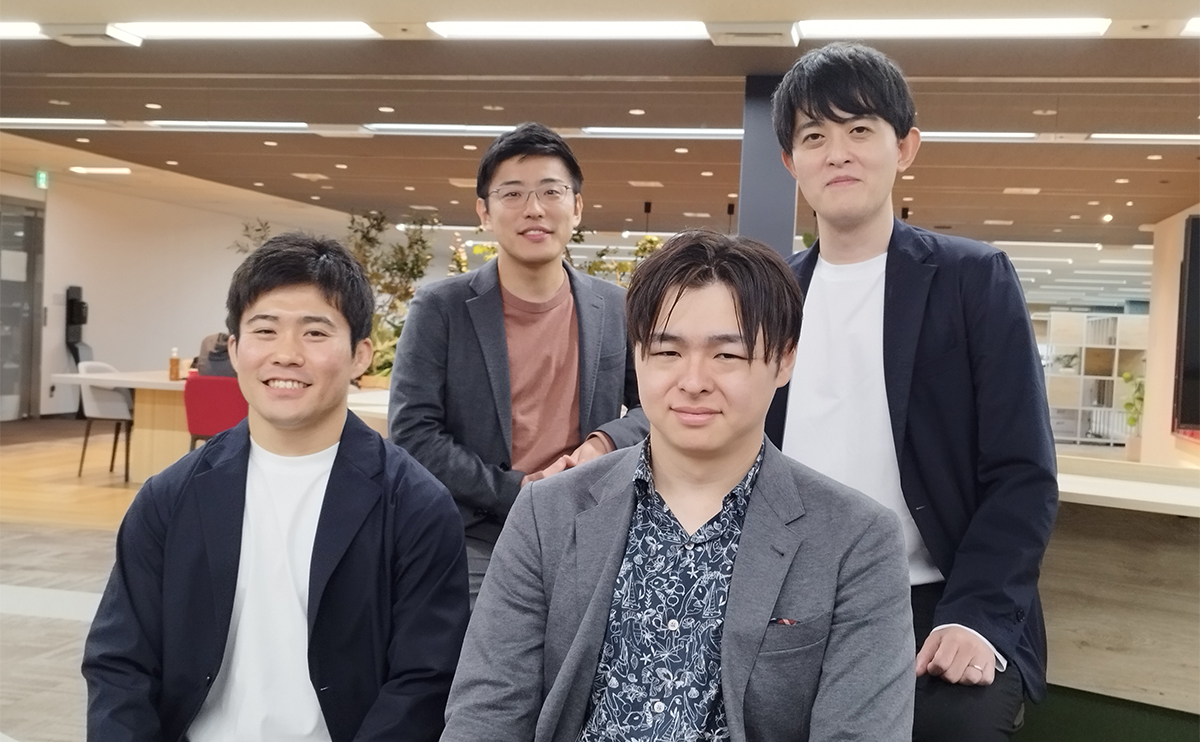 kv.jpg
kv.jpg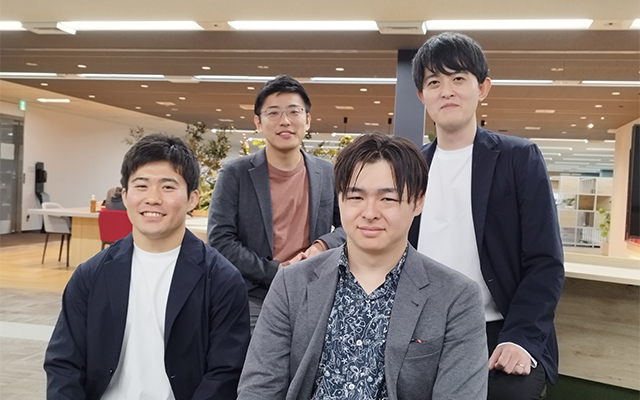 kv_sp.jpg
kv_sp.jpg

